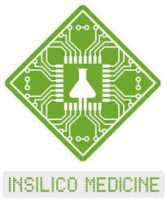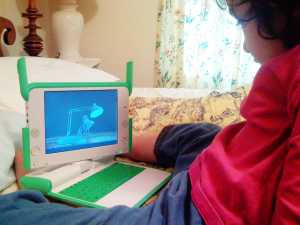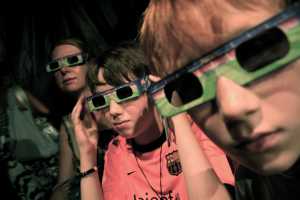Author Interviews, CT Scanning, Heart Disease, Technology / 23.01.2018
FFRct Technology Can Eliminate Need For Coronary Angiogram In Some Patients
MedicalResearch.com Interview with:
Cardiologist Mark Rabbat, MD, FSCCT
Who pioneered the use of FFRct at Loyola Medicine and was first author of an international expert panel of leading cardiologists and radiologists from centers in the United States, Canada, Denmark, Italy, Belgium and the Netherlands on how to interpret and report the tests published in the Journal of Cardiovascular Computed Tomography.
MedicalResearch.com: What is the scope of the problem?
Response: Coronary artery disease is a very large healthcare burden. Over sixteen million individuals in the United States have coronary artery disease. Coronary artery disease may result in your heart not getting enough blood and increases your risk of a heart attack.
Historically, we have been faced with either using tests we knew were not always accurate or putting a patient through an invasive angiogram just to determine whether they would need another invasive procedure to restore blood flow. The CT-derived fractional flow reserve (FFRct) analysis is the first technology that bridges the gap between the non-invasive and invasive tests within one platform. Any patient with symptoms such as chest pain, chest tightness, fatigue, or shortness of breath without known coronary artery disease may be a candidate for the FFRct study. (more…)







